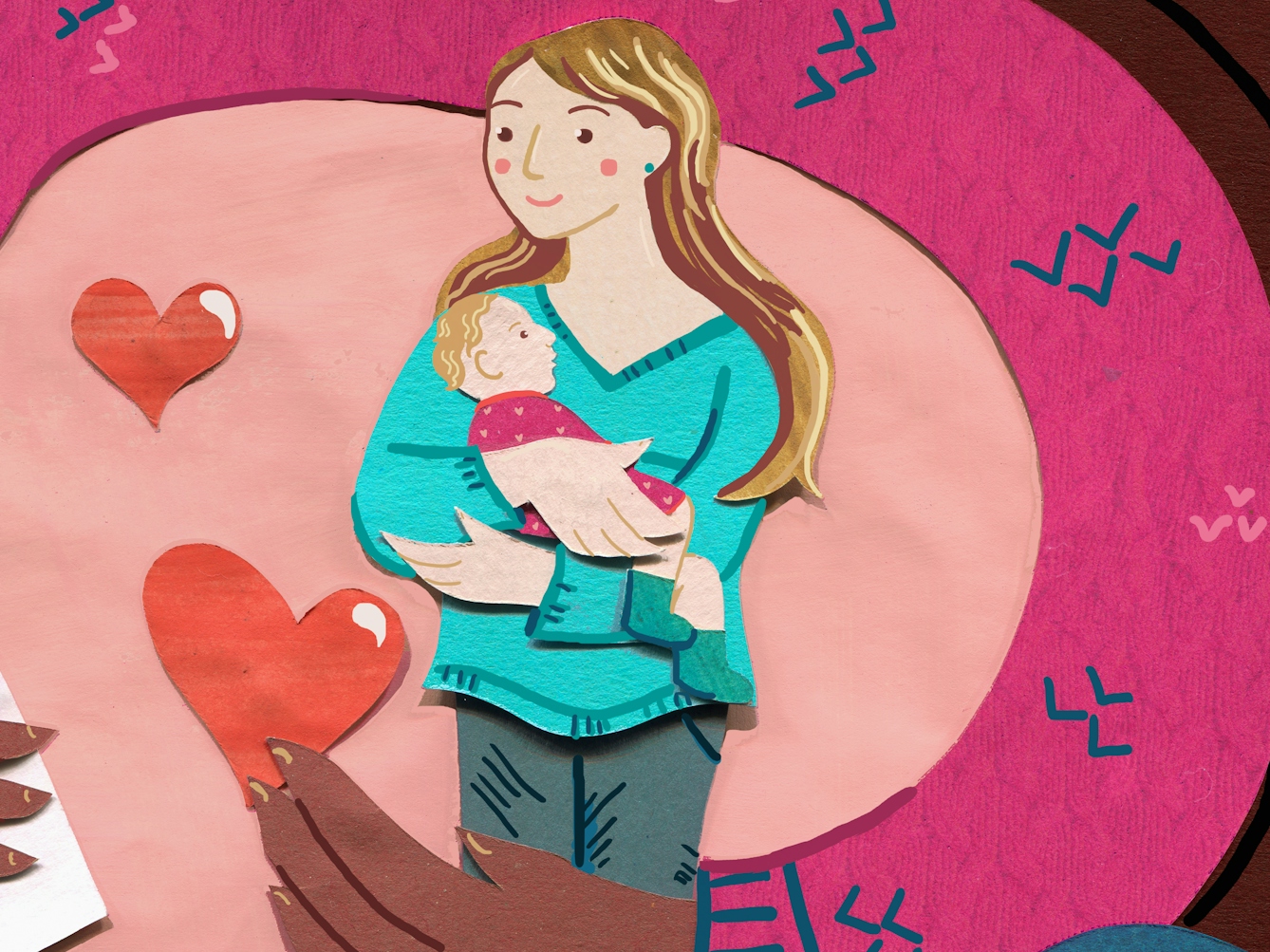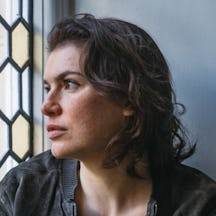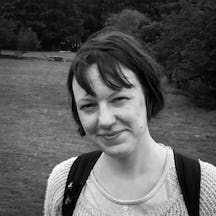As Alev Scott’s freezer continued to fill with milk she’d pumped but her baby didn’t need, a good friend was struggling to breastfeed. Should Alev offer her excess milk to her friend? In the final part of a serial examining the multiple ways breastmilk has been traded across time, Alev reflects on how her own feelings about selling and sharing milk have changed.
Mixed feelings and milk siblings
Words by Alev Scottartwork by Vicky Scottaverage reading time 5 minutes
- Serial

Around the time I became pregnant, my friend Lizzy was also pregnant with twins but lost one baby in the womb. Lizzy’s daughter, Sadie, survived against the odds but had a low birth weight.
More anxious than most mothers, perhaps, to ensure Sadie was healthy, Lizzy was breastfeeding her a year later, but struggling. As a stressed-out human-rights barrister, she spent hours in court, escaping for a few minutes at a time to pump in the female robing room, producing small bottles of milk that she would take home to her daughter. During the same period, I was donating litres of breastmilk to strangers’ babies in a local hospital.
Conscious how lucky I was to have an excess of milk, I wanted to help Lizzy but was uncertain how to broach it. Six months earlier, soon after giving birth, I’d been worried I had a low supply of breastmilk, but I’d been shocked when another mother on a WhatsApp group offered to help by giving me some of her own.
Was this just squeamishness at a stranger’s bodily fluid? Pride? Perhaps I wanted to protect the idea of continuing the connection between my own body and my baby’s – a sense of breastmilk as an extension of the umbilical cord. Whatever it was, I wanted to feed my baby my own milk. Would Lizzy feel the same?
Six months on, I was now both more relaxed as a mother and more attuned to the anxieties of other mothers, so I went ahead and asked. Lizzy said yes immediately. Later she sent me a voice note explaining that there had been a time when she’d even considered giving Sadie to someone else to breastfeed.

“Conscious how lucky I was to have an excess of milk, I wanted to help Lizzy but was uncertain how to broach it.”
“When my pregnancy wasn’t going well, one of the fears that I had was that I would be unwell after having Sadie and my milk wouldn’t come or I would be too unwell to breastfeed… I think I so desperately wanted her to live and be OK that the whole pride thing disappeared.
“I did a lot of research and apparently the second-best thing [for your baby] after your own milk is another woman’s milk, but even better is the child sucking on someone’s boob and feeling safe and secure. I sort of decided in my mind that I would be OK with that, so when you mentioned giving your milk to me it wasn’t a big deal – I was so happy about it.”
When I’d handed over my milk to the Bristol milk bank, I felt relieved that I’d pumped enough, that I could now relax. I never really thought about the experience again, until writing this series. Donating was almost an abstract act. But with Lizzy, I knew in concrete terms that I was helping someone I cared about.
Lizzy would send me photos of Sadie guzzling a half-empty bottle: “Only a few bags left now!” I realised how much more personal this was, how much more satisfying – this was what the economist James Andreoni called “impure altruism”. I was getting something out of it too.
The sisterhood of milk
Social norms have changed since the days when commercial wet-nursing was common, but they are changing again. Thanks in large part to the internet, we are returning to the pre-20th-century days of monetised breastmilk, albeit with significant differences.
Today we do not have to rely on breastfeeding itself – instead we have impersonal bags of milk, frozen and transported hundreds of miles to whoever purchased them. Breastmilk is the commodity, rather than the women who served as wet-nurses for millennia.

“With Lizzy, I knew in concrete terms that I was helping someone I cared about.”
Milk can also still be a gift. Donating to a milk bank or sharing bottled supplies with a friend could be seen as modern extension of cross-feeding culture – if a less intimate version.
I’ve gone from being repulsed by the idea of sharing breastmilk to embracing it.
Looking back at my own breastfeeding experiences, and my conversations with women who have received milk donations, who have sold their milk and who want to give it away, I realise that I am still conflicted about the ethics of selling breastmilk.
I feel breastmilk is so crucial for the babies who need it that it cannot be treated as a normal commodity on the open market. But I have also never needed the money enough to consider selling my own – I recognise my privilege and the bias that has given me.
Something that has changed in my attitude, however, is that I’ve gone from being repulsed by the idea of sharing breastmilk to embracing it. My daughter and Lizzy’s daughter will always have the somewhat anachronistic title of “milk sisters”. We have no idea how they will feel about this, of course, but we hope they will embrace it.
What I do know is that Lizzy and I now feel closer to each other, as mothers – perhaps, in a way, we too have become “milk sisters” as a result of this experience. Offering and accepting help from other mothers is certainly one of the greatest forms of sisterhood I have experienced.
Some names have been changed.
About the contributors
Alev Scott
Alev Scott is a journalist and author. Previously based in Istanbul and Athens, she has written about politics and culture in the Mediterranean region for the Financial Times, the Guardian, Harper’s Magazine and Newsweek, among others. Her books are ‘Turkish Awakening’, ‘Ottoman Odyssey’ and ‘Power and the People’.
Vicky Scott
Vicky Scott is a Sheffield-based freelance illustrator who specialises in creating colourful and eye-catching mixed-media collages. Her work is inspired by Art Deco, 1960s psychedelia, mid-20th-century travel posters, and the natural world. To date, she has been commissioned to illustrate for a diverse range of clients including Microsoft, Cheltenham Festivals, the Postal Museum, Waitrose and the RSPB.

